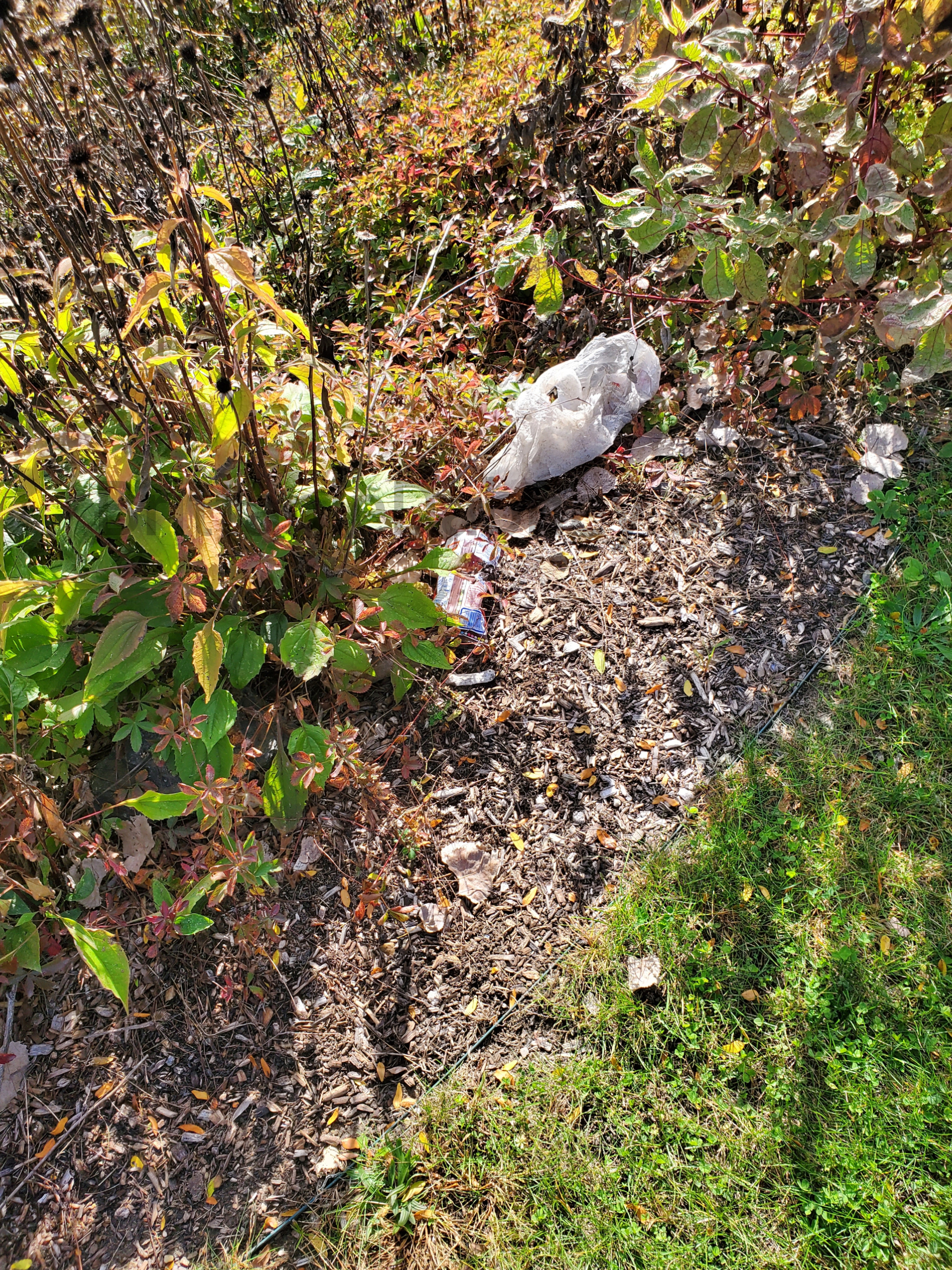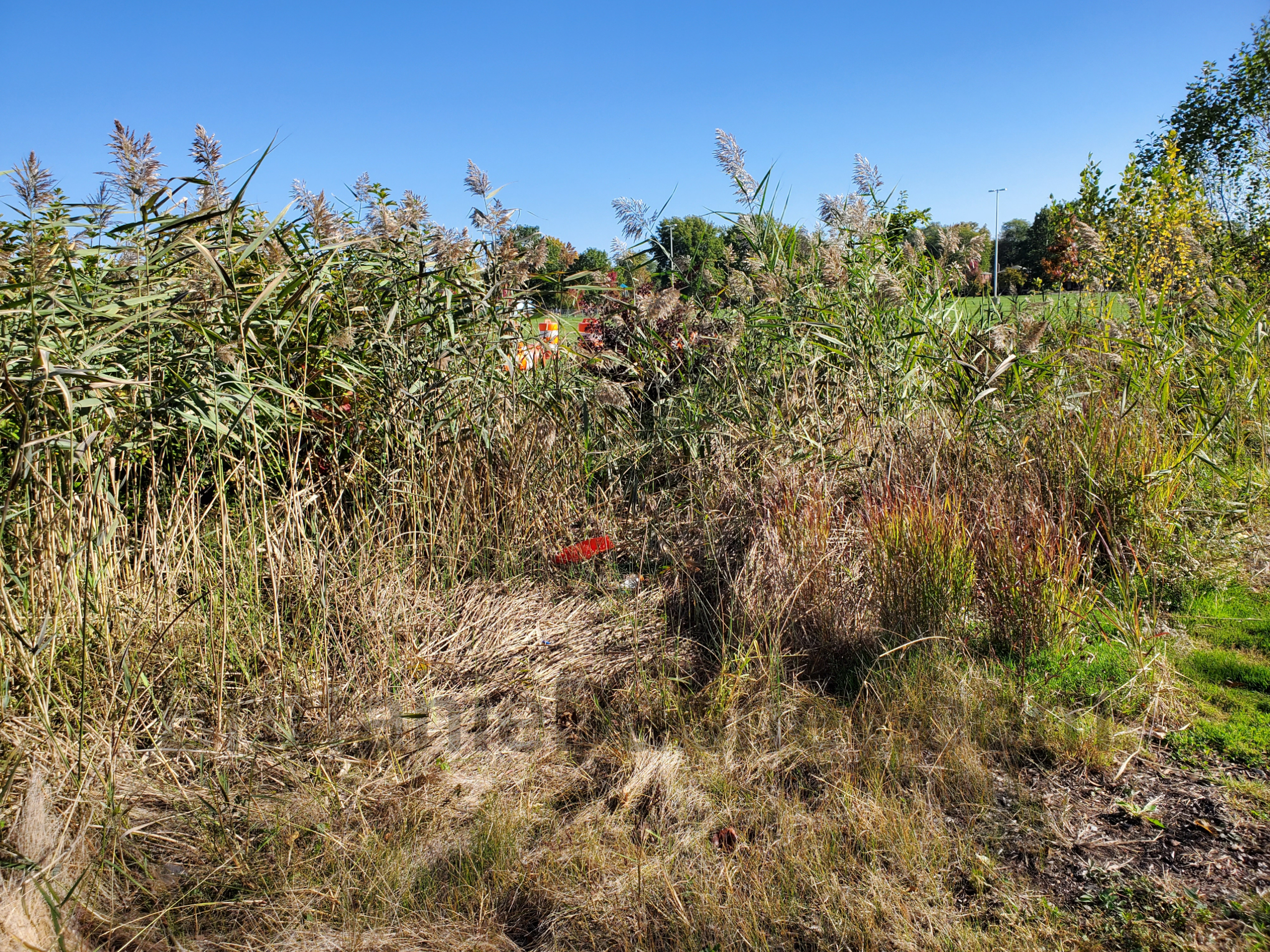Current Research
Both PFAS and microplastics are emerging contaminants of concern and are associated in the production process and environment. In the environment, PFAS and other persistent organic pollutants can bind to microplastics. The combined effects of PFAS and microplastics may act as chemical and physical stressors on aquatic invertebrates. The goal of this research is to understand the combined effects of PFAS-bound microplastics on benthic invertebrates and how other environmental stressors influence the accumulation of microplastics. First, I conducted a widescale survey to understand microplastic abundance and composition in river water and sediments. Second, I used the data from the field to inform and design toxicology experiments on aquatic insects with varying feeding strategies. Finally, I will perform experiments to do community-level assessments of microplastics that reflect exposures in freshwater ecosystems.



I performed a survey of microplastics in soils at green stormwater infrastructure (GSI) sites in Detroit. The aim is to get baseline data and understand how concentrations of microplastics compare to plastics in soils outside of the GSI sites. This is part of a larger collaborative project to study abiotic, biotic, and cultural influences of bioswales and rain gardens in Detroit.




Previous Research

Glyphosate-based herbicides are widely used around the world for agriculture and household use; however, this herbicide may be contributing to the growth of harmful algae. Some species of harmful algal can be tolerant to glyphosate-based herbicides (GBH) and out-compete sensitive algae. This research focused on the harmful alga, Prynmesium parvum (or Golden alga), which is prevalent in the Southern U.S. arid/semi-arid regions. Golden alga blooms primarily result in fish kills and there is still no consensus on the environmental factors that cause Golden alga blooms. One of the hypotheses is that nutrient inputs from surrounding land use influence their growth. This research examined the effects of various GBH in phosphorus-rich and -limited media.


The United States have over a 5000 abandoned mines that are potentially releasing metals into aquatic ecosystems. Metals along with fine-sediment inputs often co-occur at mining impacted sites; however, many experiments focus on only the responses to metals. It is not fully understood why streams have not recovered as expected after removal metal inputs. I hypothesized that although the overlaying water may have low concentrations of metals, the metals that remain bound to sediments degrade habitats, and thus metal-sensitive benthic invertebrates avoid these areas. Therefore, this research focused on the combined effects of metals and sediment on benthic macroinvertebrate populations at U.S. EPA Superfund sites. The first set of experiments were performed on North Fork of Clear Creek (NFCC) near Denver, CO. We performed mesocosm and field experiments to predict how benthic macroinvertebrate communities would recover following the removal of acid mine drainage from NFCC (Publication). The second experiment was conducted on the Arkansas River to determine if responses to metal-contaminated sediment varied between sites with different histories of metal-contamination due to mining activities. The final study compared trait abundances to taxonomic responses traditionally used in bioassessments at NFCC, the Arkansas River, and the Yamada River (Japan). My goals were to identify individual traits that may be more useful in studying effects of physical and chemical stressors and to distinguish effects of single and multiple stressors.
